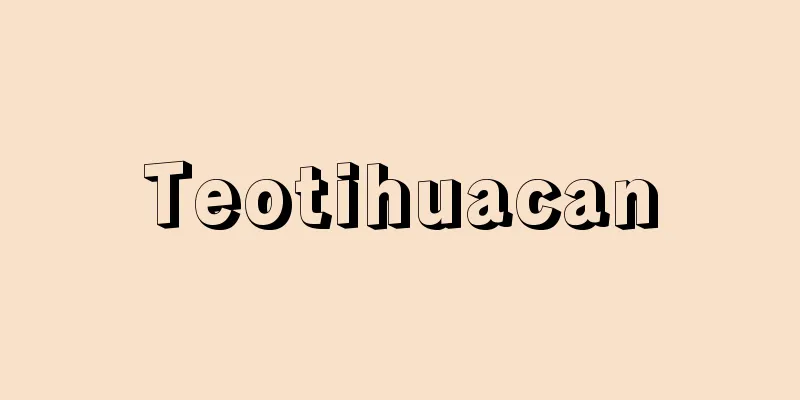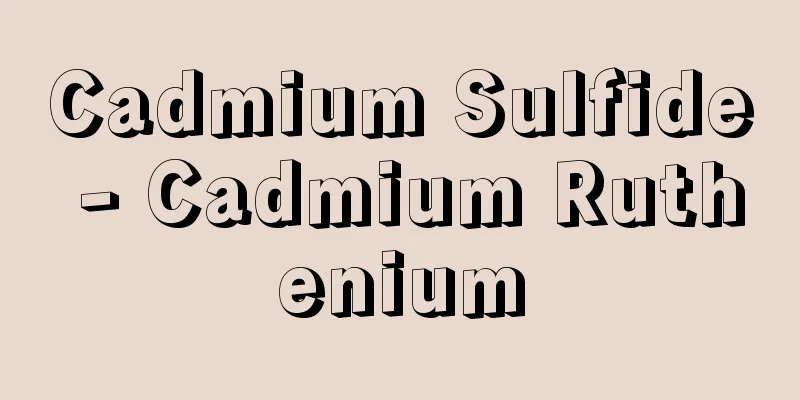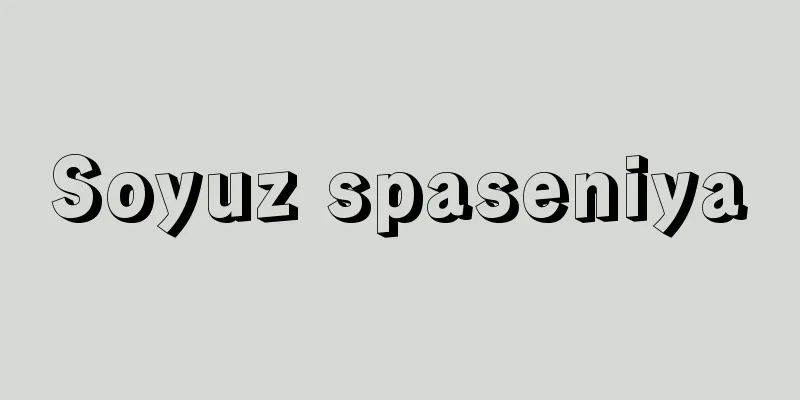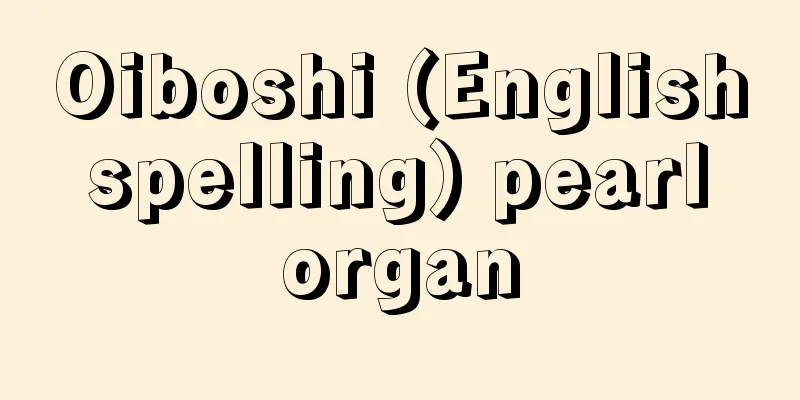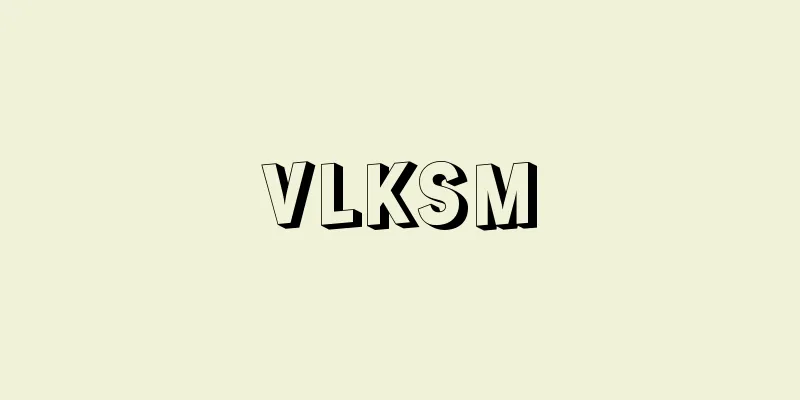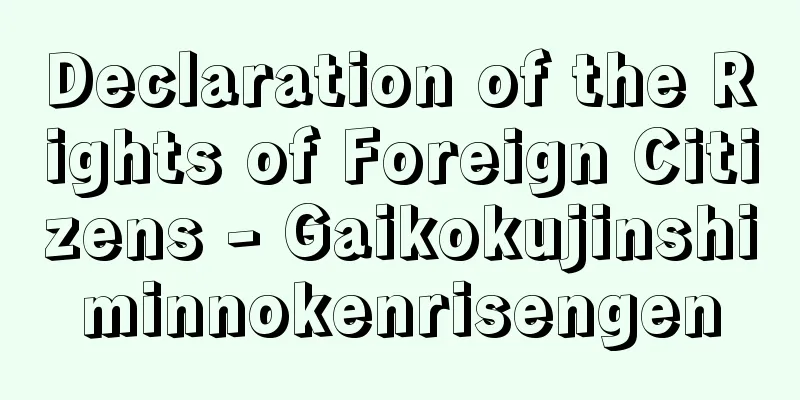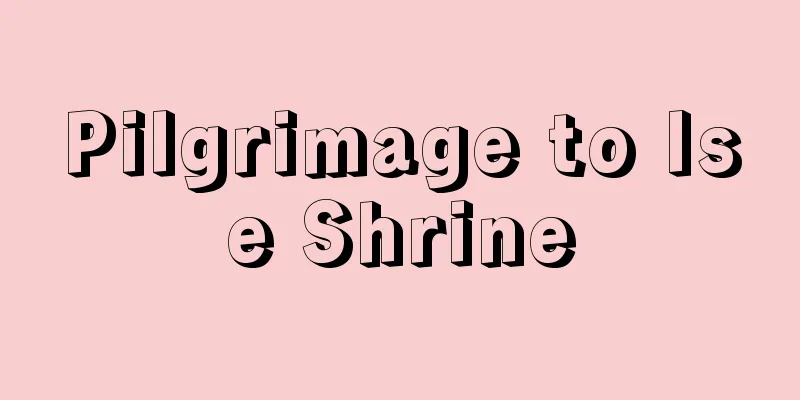Skopje - Skopje (English spelling)
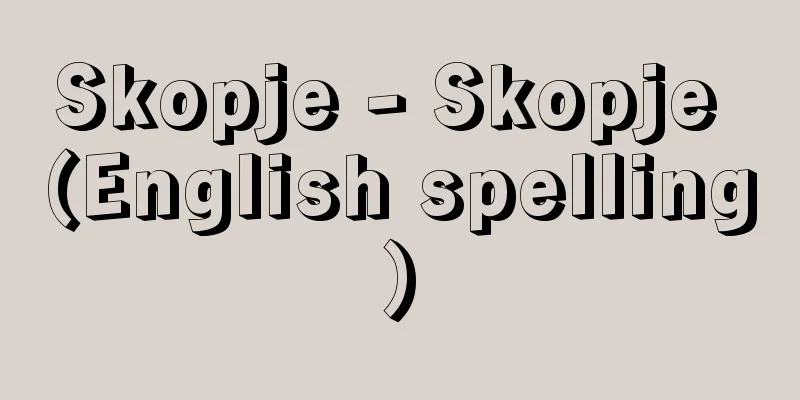
|
The capital of the Republic of North Macedonia. It is located on the fertile plains of the Vardar River in the south of the country. In Serbo-Croatian during the former Yugoslav period, it was called Skoplje. Its area is 1,818 square kilometers. It has a population of 452,500, and a district population of 592,500 (2003 estimate). The ethnic composition of the district is 354,377 Macedonians (65.5%), 112,914 Albanians (20.9%), 20,966 Roma (3.9%), 19,664 Serbs (3.6%), 12,639 Turks (2.3%), and 2,229 Vlakhs (a minority ethnic group in the Balkan Peninsula who make their living from livestock farming) (0.4%) (1994). It is the most important transportation hub in the Balkan Peninsula, with major roads and railways intersecting the city. As the political, economic and cultural centre of the republic, the city is home to many major government organisations. Economically, it is home to factories in the smelting, chemical, lumbering and textile industries, which use the mineral resources produced in the surrounding area, and is also a financial centre, which exports agricultural products such as tobacco, grapes and grains produced in the region. As a cultural and educational centre, it is home to a university, a national theatre, a theatre for ethnic minorities, various museums, archives and art galleries. The city was hit hard by an earthquake in 1963, and the centre was completely destroyed. It was subsequently rebuilt based on a reconstruction plan by Kenzo Tange, and today the area around the Vardar River, which runs through the centre of the city, is lined with modern buildings, while the old town (called Stara Çarşija), which was rebuilt as the commercial centre from the Ottoman period, creates a striking contrast. The stone bridge connecting the two banks was rebuilt in the 15th century by Murad II of the Ottoman Empire (reigned 1421-1451). Kurşumli Khan in the old town was built as a caravanserai in the 16th century and was used as a prison in the 19th century. Other remains include the 15th century Davut Pasha Baths (now an art gallery) and the 15th century Mustafa Pasha Mosque. The 16th century St. Spas Church is hidden beneath a church destroyed by the Ottoman Empire. It contains a 19th century wooden iconostasis (6 meters high, 10 meters wide. An icon used to separate the sanctuary from the seating area of ordinary believers. Also called an iconostasis) carved by a craftsman from Debar, and the tomb of Delchev, a revolutionary from the early 20th century. In the outskirts of the city, there are the Panteleimon Orthodox Church (now the Macedonian Orthodox Church), built in 1164, and monasteries built in the 14th century. [Chieko Ohba] historyThe town's origins date back to the 4th century BC, and in Roman times it was known as Scupi. In the 4th century, Emperor Theodosius made it his capital for a time, but it was destroyed by an earthquake in 518. During the Byzantine period, it was rebuilt by Emperor Justinian I, but in 625 Slavs settled there, who named it Skopje. In the 11th century, it was the centre of two Slavic revolts against the Byzantine Empire. In 1346, the Serbian emperor Dušan proclaimed himself "Emperor of Serbs, Greeks, Bulgarians and Albanians" here, and issued the Code of Dušan. However, from 1392 it became part of the Ottoman Empire, and was known as Üsküp until 1913, when it was ceded to Serbia as a result of the Second Balkan War. From the 16th to the 17th century, it was one of the most vibrant cities in the Balkans, with over 10,000 houses, a population of approximately 60,000, and 40 mosques in the mid-17th century. After World War I, it served as a base for southern Serbia, with consulates from eight countries, but during World War II it was occupied by Bulgaria. After the war, it became the capital of the Republic of Macedonia, one of the constituent republics of the former Yugoslavia. In 1991, Macedonia gained independence from the former Yugoslavia, but Skopje remains its capital. [Chieko Ohba] It remains the capital even after the country's name was changed to the Republic of North Macedonia in 2019. [Editorial Department, June 18, 2019] [References] | | | |Source: Shogakukan Encyclopedia Nipponica About Encyclopedia Nipponica Information | Legend |
|
北マケドニア共和国の首都。同国南部バルダル川河畔の肥沃(ひよく)な平原に位置する。旧ユーゴスラビア時代のセルビア・クロアチア語ではスコプリエSkoplje。面積1818平方キロメートル。人口45万2500、地区人口59万2500(2003推計)。地区の民族構成はマケドニア人35万4377(65.5%)、アルバニア人11万2914(20.9%)、ロマ2万0966(3.9%)、セルビア人1万9664(3.6%)、トルコ人1万2639(2.3%)、ブラフ人(牧畜を生業とするバルカン半島の少数民族)2229(0.4%)(1994)である。主要道路、鉄道が交差し、バルカン半島でもっとも重要な交通の要所である。また、共和国の政治、経済、文化の中心地として、主要な政府機関が集中している。経済面では、周辺地域で産出する鉱物資源を利用した精錬業、化学工業、製材業、繊維産業などの工場が存在するほか、金融業のセンターでもあるため、各地で産出するタバコやブドウ、穀物などの農産物の輸出業務も行われる。また、文化・教育面での中心地として、総合大学、国立劇場、少数民族劇場、各種博物館や資料館、美術館などがある。町は1963年の地震で大打撃をうけ、中心部は壊滅した。その後、丹下健三の復興計画に基づく再建が行われ、現在では市の中心を流れるバルダル川を中心として近代的建物が並ぶ地帯と、オスマン帝国時代からの商業中心地を再建した旧市街地(スタラ・チャルシヤとよばれる)とが、絶妙のコントラストをなしている。両岸を結ぶ石の橋は15世紀にオスマン帝国のムラト2世(在位1421~1451)が再建した。旧市街地にあるクルシュムリ・ハーンは16世紀の隊商宿として建てられ、19世紀には刑務所として使われていた。15世紀のダウト・パシャの浴場(現、アート・ギャラリー)、同じく15世紀のムスタファ・パシャのモスクなども残る。また、16世紀の聖スパス教会はオスマン帝国によって壊された教会の地下に隠れるようにつくられている。ここには19世紀にデバル出身の職人による木彫りのイコノスタシス(高さ6メートル、幅10メートル。教会の内陣と一般信者の座る場所とを仕切るためのイコン。イコノスタスともいう)や、20世紀初頭の革命家デルチェフの墓がある。市の近郊には、1164年に建てられた正教会(現在はマケドニア正教会)パンテレイモンのほか、14世紀に建造された修道院が点在する。 [大庭千恵子] 歴史町の起源は紀元前4世紀までさかのぼり、ローマ時代にはスクピScupiの名称で知られた。4世紀にテオドシウス皇帝が一時期ここを首府として定めたが518年に地震で倒壊した。東ローマ帝国時代、ユスティニアヌス1世によって再興されたものの、625年にスラブ人が入植し、以後この地をスコピエと名づけた。11世紀には東ローマ帝国に対するスラブ人による二度の反乱の中心地となった。1346年にはセルビア帝国のドゥシャンがここで「セルビア人、ギリシア人、ブルガリア人、アルバニア人の皇帝」として皇位を宣言し、ドゥシャン法典を発布した。しかし、1392年からはオスマン帝国の領土となり、1913年に第二次バルカン戦争の結果セルビアに割譲されるまでユスキュプÜsküpとして知られた。16世紀から17世紀にかけてはバルカン半島のなかでも活気ある町の一つであり、17世紀中葉には1万戸以上、約6万人が居住し、モスクも40を数えたといわれる。第一次世界大戦後は南セルビアの拠点として、8か国の領事館が存在したが、第二次世界大戦中はブルガリアに占領された。戦後は旧ユーゴスラビアの構成共和国の一つであったマケドニア共和国の首都となる。1991年にマケドニアは旧ユーゴから独立したが、スコピエは引き続き首都である。 [大庭千恵子] 2019年に国名を「北マケドニア共和国」と変更した後も首都。 [編集部 2019年6月18日] [参照項目] | | | |出典 小学館 日本大百科全書(ニッポニカ)日本大百科全書(ニッポニカ)について 情報 | 凡例 |
>>: Scopas - Skopas (English spelling)
Recommend
I-cell disease
...A genetic disorder is a condition in which a g...
Voith-Schneider propeller
…A type of propeller in which the blades rotate a...
Atayaru group - Atayarugogun
...However, scholars differ in opinion as to the ...
Brongniart, A.
…the opposite of cryptogams. A general term for f...
Masanaga Inoue
1654-1721 * A daimyo in the mid-Edo period. Born ...
Kuruma shrimp (penaeus japonicus)
A shrimp of the family Penaeidae, it is the most i...
Darlington, PJ, Jr. (English spelling) DarlingtonPJJr
...the geographical distribution of animals, that...
Indian characters - Indian characters
A general term for the characters that belong to t...
Exchange land - Kanchi
(noun) The act of exchanging land. Also, the land ...
Mesophytes - Mesophytes
Mesophytes are plants that grow under moderate mo...
In-company education and training
Looking at the history of in-company education and...
Paleolithic period
The oldest period in the Stone Age, which is divi...
LORAN
Abbreviation of long range navigation. A long-dist...
Ufuya - Ufuya
...In the second half of the 17th century, the nu...
Congo Free State (English spelling)
The Congo (now the Democratic Republic of the Cong...
